
Understanding Robust Video Matting (RVM)
By John Doe 3 min
Understanding Robust Video Matting (RVM)
Robust Video Matting (RVM) is a cutting-edge technology designed to remove backgrounds from videos without the need for a green screen. Unlike traditional methods that require controlled environments, RVM uses machine learning to automatically separate the foreground, typically a human subject, from the background. This makes it ideal for scenarios where setting up a green screen is impractical, such as outdoor shoots or live events.
How Does It Work?
RVM employs a recurrent neural network (RNN), which processes video frames sequentially, using information from previous frames to improve consistency over time. This approach, known as temporal coherence, ensures smooth transitions and high-quality matting. The model is trained with both matting and segmentation objectives, meaning it not only separates foreground from background but also estimates pixel transparency, handling soft edges effectively. It can process 4K video at 76 frames per second (FPS) and HD video at 104 FPS on an Nvidia GTX 1080 Ti GPU, making it suitable for real-time applications.
Why Is This Useful?
This technology is particularly useful for video editing, live streaming, augmented reality, and content creation. For instance, streamers can have dynamic backgrounds without a green screen, and content creators can produce professional videos without expensive equipment. Its availability in multiple frameworks like PyTorch, TensorFlow, and ONNX ensures accessibility for developers
Video matting is the process of separating the foreground, typically a person or object, from the background in a video. This technique is essential for applications such as chroma keying in broadcasting, special effects in movies, and creating transparent backgrounds for images and videos. Traditionally, this has been achieved using green screens, where the subject is filmed against a green backdrop, and the green color is keyed out to replace it with another background.
However, this method requires controlled environments and specific lighting conditions, which can be inconvenient and not always feasible, especially for outdoor shoots, live events, or scenarios where the subject cannot wear clothing that matches the green color. The reliance on green screens presents several challenges, including the need for a controlled environment and limitations in applicability.
Limitations of Traditional Green Screen Methods
The reliance on green screens presents several challenges. Setting up a green screen necessitates a dedicated space with controlled lighting, which may not be practical for all filming scenarios, particularly outdoors or in dynamic settings. Subjects must ensure their clothing and accessories do not match the green color, and any green elements in the scene can cause errors in the matting process.
Additionally, it's not suitable for situations where the background cannot be controlled, such as documentary footage or live events. These limitations highlight the need for more flexible and robust solutions that can perform video matting without the constraints of green screens.
Controlled Environment Requirement
Setting up a green screen necessitates a dedicated space with controlled lighting, which may not be practical for all filming scenarios, particularly outdoors or in dynamic settings. This requirement can be a significant barrier for independent filmmakers or content creators who lack access to professional studios.
Inconvenience for Users
Subjects must ensure their clothing and accessories do not match the green color, and any green elements in the scene can cause errors in the matting process. This can be particularly problematic for live performances or events where wardrobe changes are not feasible.
Limited Applicability
It's not suitable for situations where the background cannot be controlled, such as documentary footage or live events. This limitation restricts the use of green screens in many real-world applications, making alternative solutions like Robust Video Matting (RVM) increasingly valuable.
Robust Video Matting (RVM) as a Solution
Robust Video Matting (RVM) offers a solution to these challenges by enabling high-quality video matting without the need for a green screen. RVM leverages deep learning to accurately separate the foreground from the background, even in complex and dynamic environments. This approach provides greater flexibility and convenience for users, as it eliminates the need for controlled lighting and specific wardrobe considerations.
RVM is particularly useful for applications such as virtual backgrounds in video conferencing, live streaming, and post-production editing. Its ability to handle real-time processing makes it a versatile tool for both professional and amateur content creators.
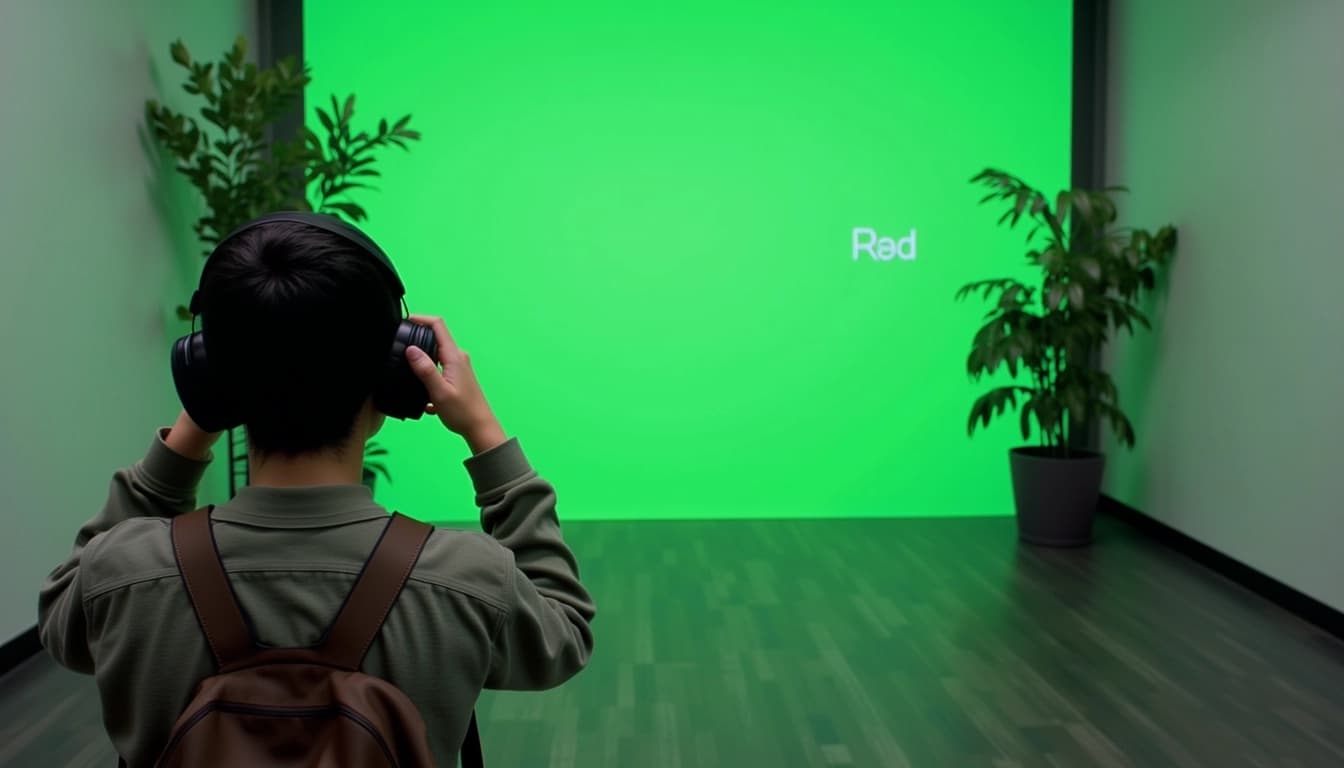
Conclusion & Next Steps
In conclusion, Robust Video Matting (RVM) represents a significant advancement in video matting technology, offering a practical and flexible alternative to traditional green screen methods. By eliminating the need for controlled environments and specific wardrobe considerations, RVM opens up new possibilities for content creators across various industries.
Next steps for those interested in RVM include exploring its implementation in their projects, experimenting with different backgrounds, and staying updated on advancements in the technology. As RVM continues to evolve, it is likely to become an even more powerful tool for video production and editing.
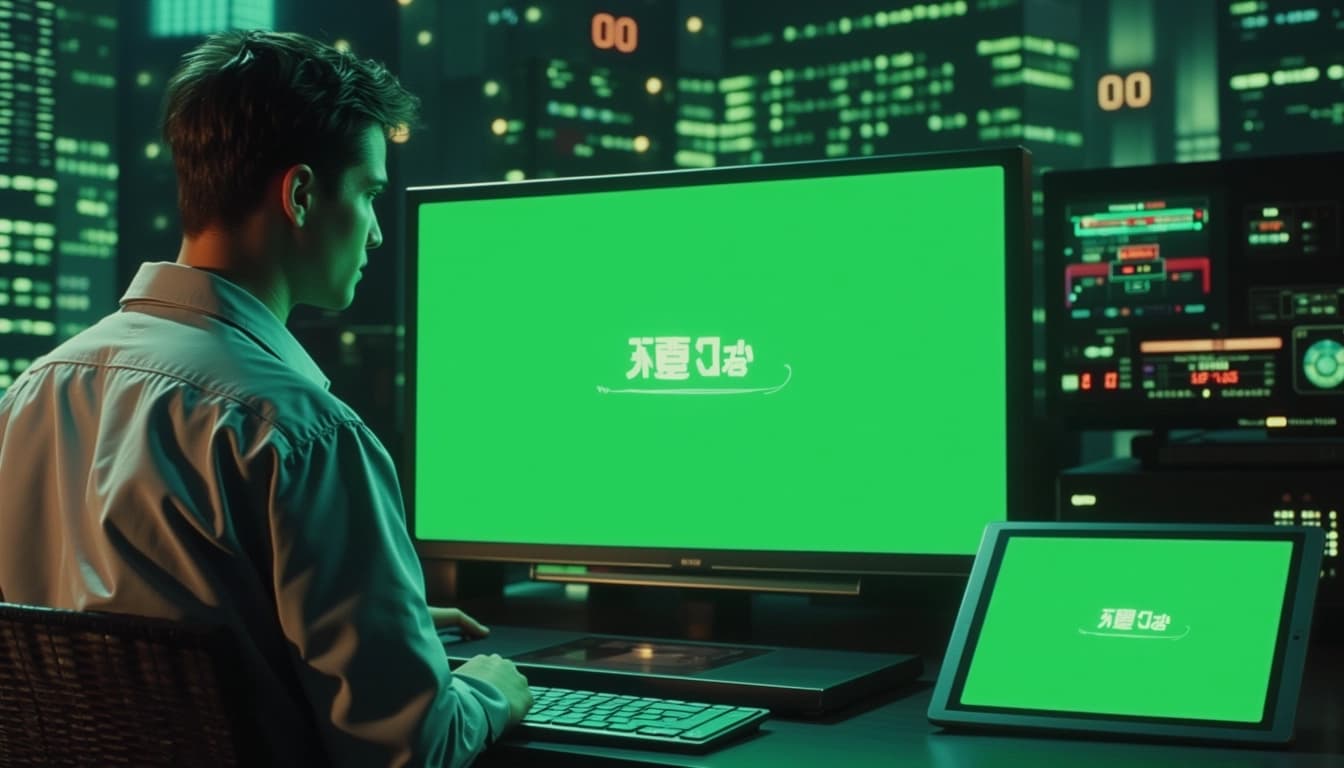
- Explore RVM implementation in your projects
- Experiment with different backgrounds and lighting conditions
- Stay updated on advancements in video matting technology
Traditional video matting techniques have long relied on green screens to isolate subjects from their backgrounds. While effective, this method comes with significant limitations, including the need for controlled lighting, physical space for setup, and post-production editing to achieve clean results. These constraints make green screens impractical for many real-world applications, especially those requiring quick turnaround or spontaneous broadcasts without pre-planned setups.
Introducing Robust Video Matting: A Green Screen-Free Solution
Robust Video Matting (RVM), developed by Peter Lin and his team, is a machine learning-based approach specifically designed for human video matting without the need for a green screen or additional inputs like trimaps or pre-captured background images. Announced in August 2021, RVM leverages advanced neural network techniques to achieve high-resolution, real-time video matting, making it a significant advancement over traditional methods.
Key Features of RVM
RVM offers several groundbreaking features that set it apart from traditional methods. The model can process 4K video at 76 frames per second (FPS) and HD video at 104 FPS on an Nvidia GTX 1080 Ti GPU, ensuring it meets the demands of live applications. Additionally, unlike previous methods that treat each frame as an independent image, RVM uses a recurrent neural network (RNN) to process videos with temporal memory, enhancing consistency and smoothness across the video.
Technical Advancements in RVM
The training strategy of RVM involves enforcing the network on both matting and segmentation objectives. Matting involves estimating the alpha channel (transparency) for each pixel, while segmentation classifies pixels as foreground or background. This dual approach improves the model's robustness, making it less sensitive to variations in lighting, background complexity, or subject movement.
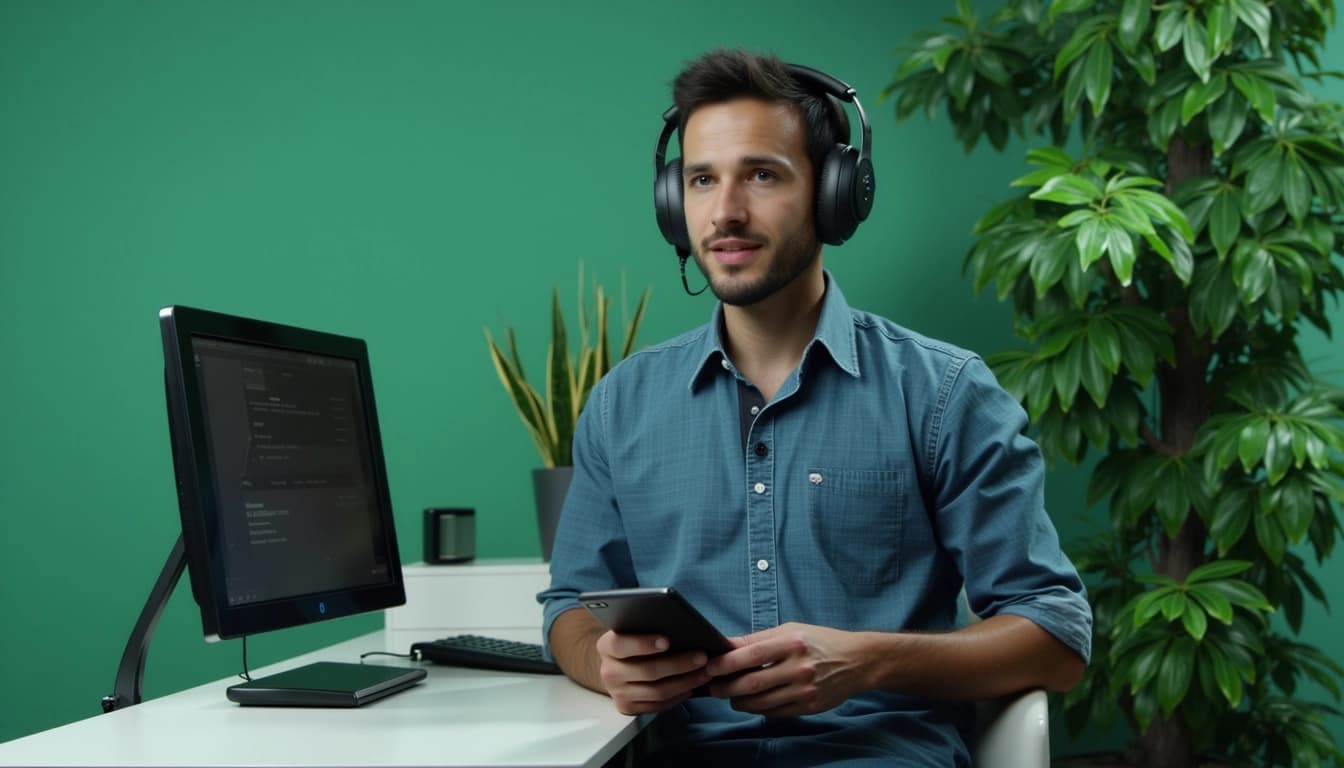
Conclusion & Next Steps
Robust Video Matting represents a significant leap forward in video editing technology, eliminating the need for green screens while delivering high-quality results in real-time. Its ability to handle complex backgrounds and dynamic lighting conditions makes it a versatile tool for a wide range of applications, from live streaming to professional video production. As the technology continues to evolve, we can expect even more innovative features and improvements.
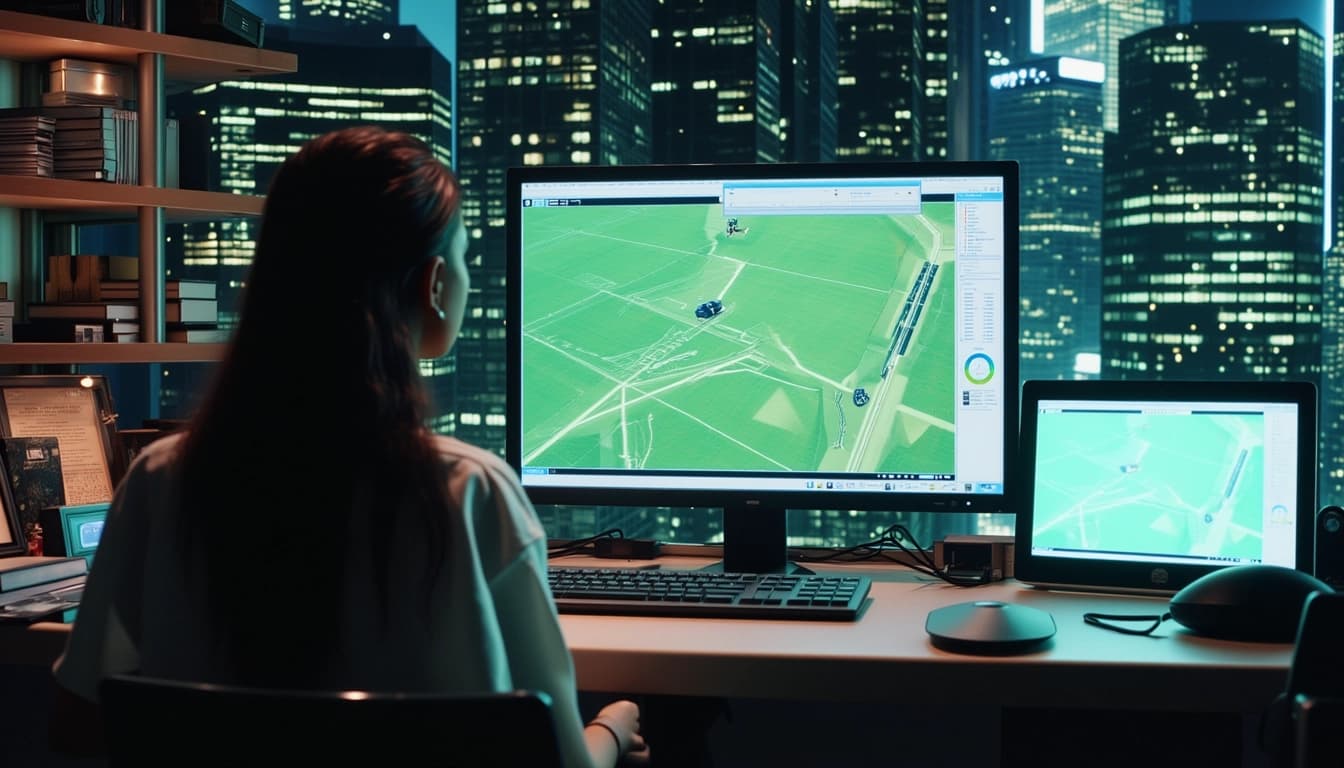
- Real-time processing of 4K and HD videos
- Temporal coherence for smooth transitions
- Dual training strategy for robustness
Robust Video Matting (RVM) is a cutting-edge AI model designed for real-time, high-resolution video matting. It excels in separating foreground objects from the background in videos, making it ideal for applications like virtual backgrounds, video editing, and augmented reality. The model leverages recurrent neural networks to maintain temporal consistency, ensuring smooth transitions between frames.
Technical Details: Architecture and Training
Model Architecture
RVM's architecture is based on a recurrent neural network, which is particularly suited for video processing due to its ability to maintain temporal memory. This means that as the model processes each frame, it retains information from previous frames, ensuring that the matting remains consistent over time. This is crucial for video applications, as frame-by-frame processing can lead to flickering or inconsistencies, especially with moving subjects.
The model supports various backbones, such as MobileNetV3 and ResNet50, with MobileNetV3 recommended for most use cases due to its balance of speed and accuracy. Larger variants like ResNet50 offer slight performance improvements but at the cost of increased computational requirements.
Training Strategy
The training process is novel in that it combines matting and segmentation objectives. Segmentation involves classifying each pixel as belonging to the foreground or background, while matting goes further by estimating the alpha channel, which can have values between 0 and 1, indicating the proportion of the pixel that is foreground. This is essential for handling soft edges, semi-transparent areas, and fine details like hair.
The paper proposes a training strategy that optimizes both tasks simultaneously, likely using a combined loss function. This approach enhances the model's robustness, enabling it to handle a variety of scenarios, from simple backgrounds to complex, cluttered environments.
Performance Metrics
RVM's performance is impressive, with the ability to process high-resolution videos in real-time. On an Nvidia GTX 1080 Ti GPU, it achieves:
- 4K resolution at 76 FPS
- HD resolution at 104 FPS
These metrics were measured in the context of the paper.
https://arxiv.org/abs/2108.11515Robust Video Matting (RVM) is a cutting-edge technology designed for high-quality video matting in real-time applications. It leverages deep learning to separate foreground objects from the background with remarkable accuracy, making it ideal for tasks like video conferencing, live streaming, and post-production editing. The model is optimized for efficiency, ensuring smooth performance even on resource-constrained devices.
Key Features of Robust Video Matting
RVM stands out due to its ability to handle high-resolution videos in real-time without compromising on quality. Unlike traditional methods that rely on trimap inputs, RVM uses a recurrent architecture to propagate temporal information, reducing the need for manual intervention. This makes it highly scalable for both professional and casual users. Additionally, the model supports multiple frameworks, including PyTorch and TensorFlow, ensuring broad compatibility.
Real-Time Performance
One of the most impressive aspects of RVM is its real-time performance. The model achieves this by utilizing lightweight neural networks like MobileNetV3 and ResNet50, which are optimized for speed. Benchmarks show that RVM can process 4K videos at 30 FPS on modern GPUs, making it suitable for live applications. This efficiency is a significant improvement over previous methods, which often struggled with high-resolution inputs.
Applications of Robust Video Matting
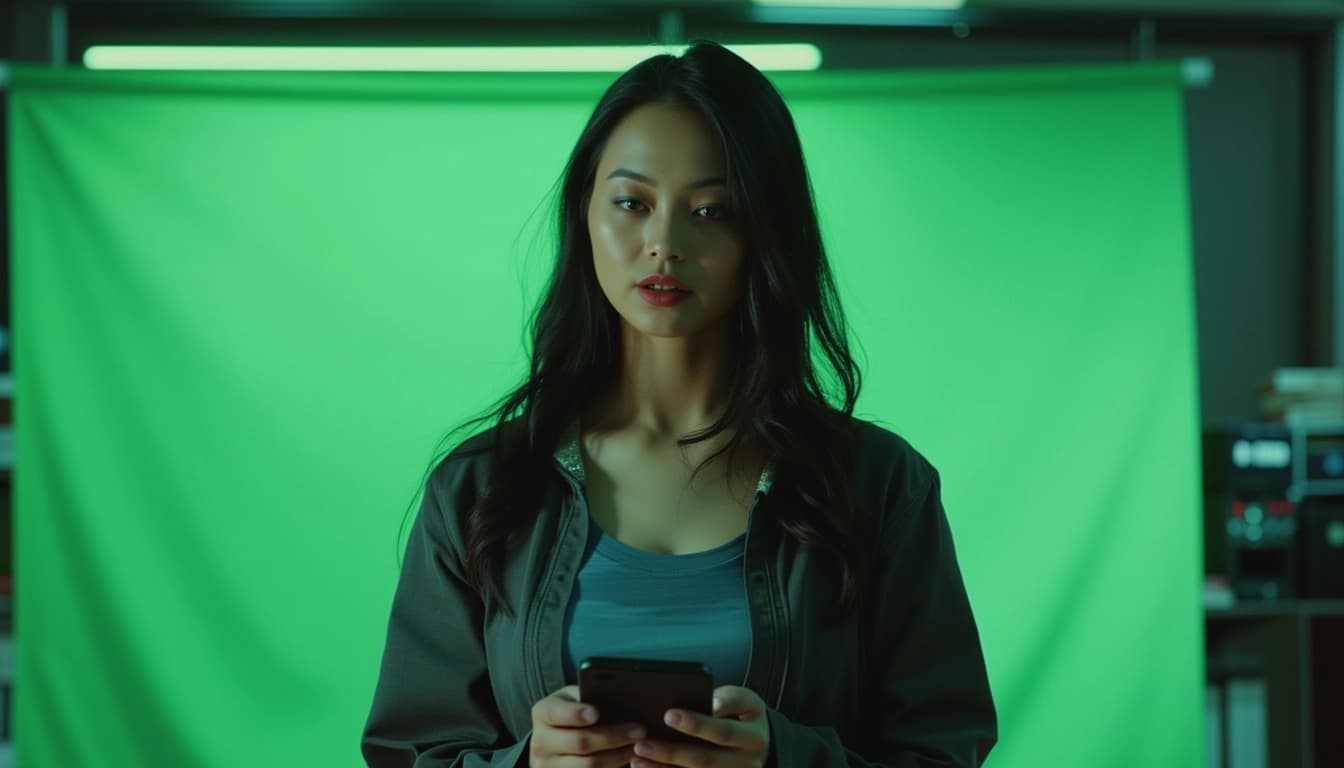
RVM has a wide range of applications, from video conferencing tools that require background blurring to professional video editing software. Its ability to handle complex scenes with fine details, such as hair or transparent objects, makes it a versatile tool for content creators. The model is also being integrated into augmented reality (AR) applications, where accurate foreground extraction is crucial for immersive experiences.
How to Get Started with RVM
Getting started with RVM is straightforward, thanks to its comprehensive documentation and support for multiple frameworks. Users can download pre-trained models from the official GitHub repository or use TorchHub for quick integration into PyTorch projects. For those looking to deploy RVM on mobile devices, TorchScript models with FP16 or INT8 quantization are available to optimize performance.
- Download pre-trained models from the GitHub repository
- Use TorchHub for easy integration with PyTorch
- Optimize for mobile with TorchScript models
Conclusion & Next Steps
Robust Video Matting represents a significant leap forward in video matting technology, combining real-time performance with high accuracy. Its versatility and ease of use make it accessible to a broad audience, from developers to content creators. As the technology continues to evolve, we can expect even more innovative applications and improvements in efficiency.
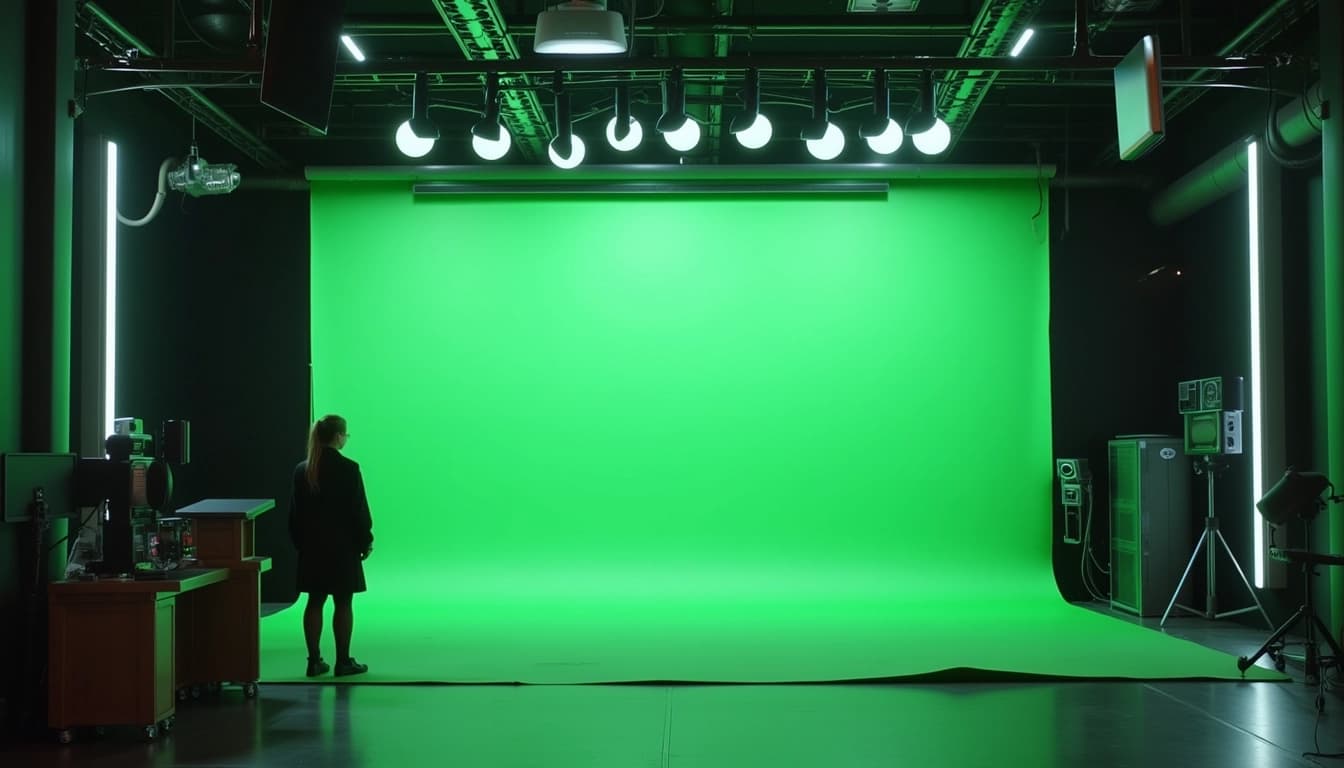
The Robust Video Matting (RVM) project is designed for high-quality real-time video matting. It supports various platforms and offers models in different formats to cater to diverse deployment needs. The project includes pre-trained models for both MobileNetV3 and ResNet50 backbones, available in FP32 and FP16 precision.
Model Availability
The models are available in multiple formats including PyTorch, ONNX, TensorFlow, TensorFlow.js, and CoreML. Each format is tailored for specific use cases, such as web deployment with TensorFlow.js or mobile deployment with CoreML. The models can be downloaded from Google Drive or Baidu Pan, ensuring accessibility for users worldwide.
PyTorch Models
The PyTorch models include variants for MobileNetV3 and ResNet50, with both FP32 and FP16 precision. These models are ideal for research and development, providing flexibility for further customization and experimentation.
Demos and Examples
To help users get started, the project includes several demos. The webcam demo allows real-time testing in a browser, while the Colab demo provides an interactive environment for experimentation. These demos showcase the model's capabilities and ease of integration.
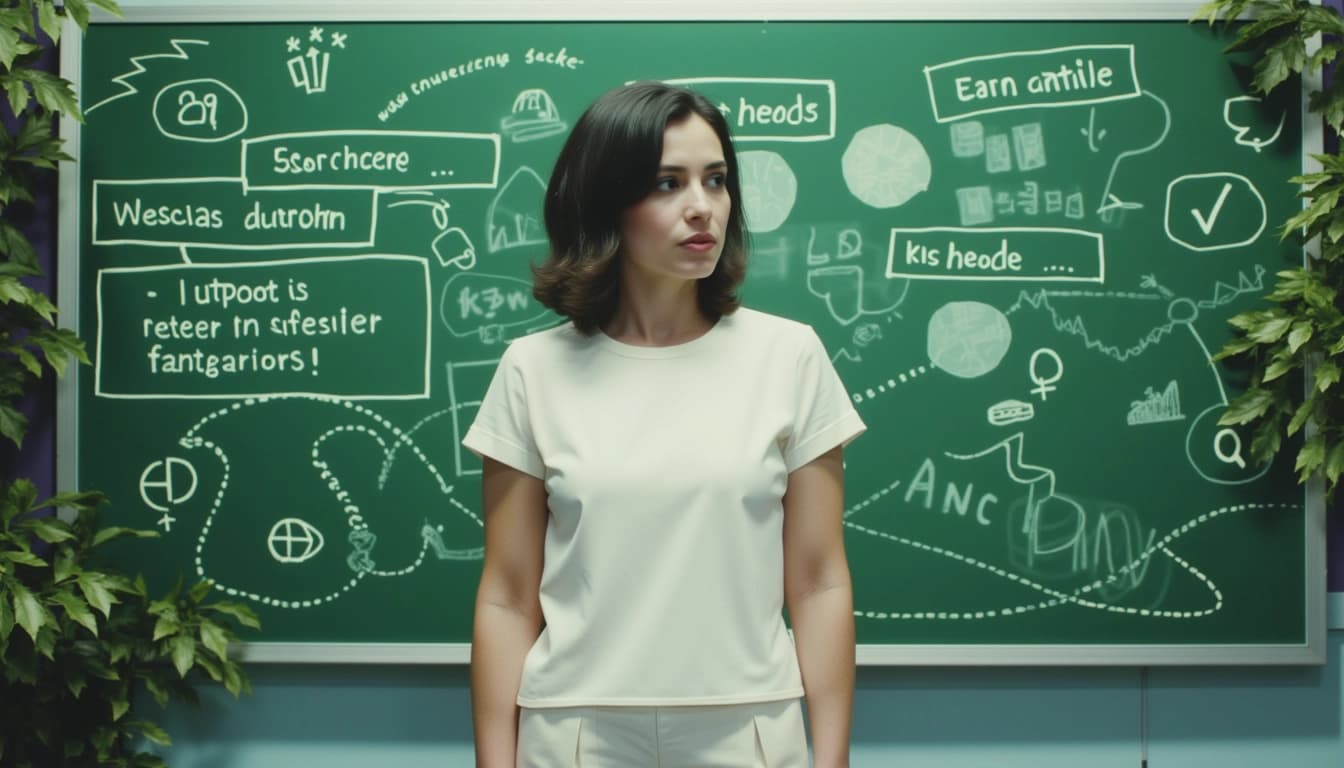
Deployment Options
The project supports a wide range of deployment options, from web applications using TensorFlow.js to mobile apps with CoreML. Each deployment option comes with detailed documentation to guide users through the setup process.

Conclusion & Next Steps
Robust Video Matting provides a comprehensive solution for real-time video matting across various platforms. With its extensive model availability and detailed documentation, it is accessible to both researchers and developers. Future updates may include additional features and optimizations to further enhance performance.
- Download the models from Google Drive or Baidu Pan
- Explore the webcam and Colab demos
- Refer to the documentation for deployment guides
Robust Video Matting (RVM) is a cutting-edge AI model designed for high-quality real-time human video matting. Unlike traditional methods that rely on green screens, RVM leverages deep learning to accurately separate humans from their backgrounds in videos. This technology is particularly useful for video editors, live streamers, and content creators who need professional-grade results without complex setups.
Key Features of RVM
RVM stands out due to its ability to process videos in real-time with high accuracy. It eliminates the need for green screens by using advanced neural networks to distinguish between foreground subjects and backgrounds. The model is optimized for human subjects, ensuring precise matting even in dynamic scenes. Additionally, RVM supports various resolutions and can be fine-tuned for specific use cases, making it versatile for different applications.
Real-Time Performance
One of the most impressive aspects of RVM is its real-time processing capability. This means users can apply matting effects during live streams or video recordings without noticeable delays. The model achieves this by efficiently utilizing GPU resources, ensuring smooth performance even on moderately powerful hardware.
Applications and Use Cases
RVM's capabilities open up numerous practical applications. Video editors can easily remove backgrounds to replace them with different scenes or add special effects. Live streamers can enjoy dynamic, changing backgrounds without the need for a green screen. Augmented reality (AR) developers can integrate real-world objects with virtual environments more seamlessly, enhancing user experiences.

Limitations and Considerations
While RVM is powerful, it is specifically optimized for human video matting. This means its performance with non-human subjects, such as animals or inanimate objects, may vary. Additionally, complex backgrounds, low lighting, or subjects with colors similar to the background may pose challenges. Users should test the model in various scenarios to ensure optimal results.
Conclusion & Next Steps
RVM represents a significant advancement in video matting technology, offering real-time, high-quality results without the need for green screens. Its applications span video editing, live streaming, and AR, making it a valuable tool for content creators. Future developments may expand its capabilities to include non-human subjects and further improve accuracy in challenging conditions.

- Real-time human video matting
- No need for green screens
- Versatile applications in video editing and AR
- Optimized for GPU performance
Robust Video Matting (RVM) is a cutting-edge technology designed for high-quality video background removal without the need for a green screen. It leverages deep learning to provide real-time, high-resolution matting, making it suitable for various applications from live streaming to professional video production. The model is trained to handle diverse subjects, including humans, animals, and objects, with impressive accuracy and efficiency.
Key Features of Robust Video Matting
RVM stands out due to its ability to process videos in real-time at 4K resolution, achieving up to 30 frames per second on an Nvidia GTX 1080 Ti GPU. Unlike traditional methods, it does not require a green screen, relying instead on temporal information from previous frames to maintain consistency. The model supports multiple frameworks, including PyTorch, TensorFlow, ONNX, and TensorFlow.js, ensuring compatibility across different platforms and use cases.
Real-Time Performance
One of the most notable aspects of RVM is its real-time performance, which is crucial for live applications. The model efficiently processes high-resolution videos without significant lag, making it ideal for live streaming and video conferencing. This performance is achieved through optimized neural network architectures and efficient use of GPU resources.
Applications of Robust Video Matting
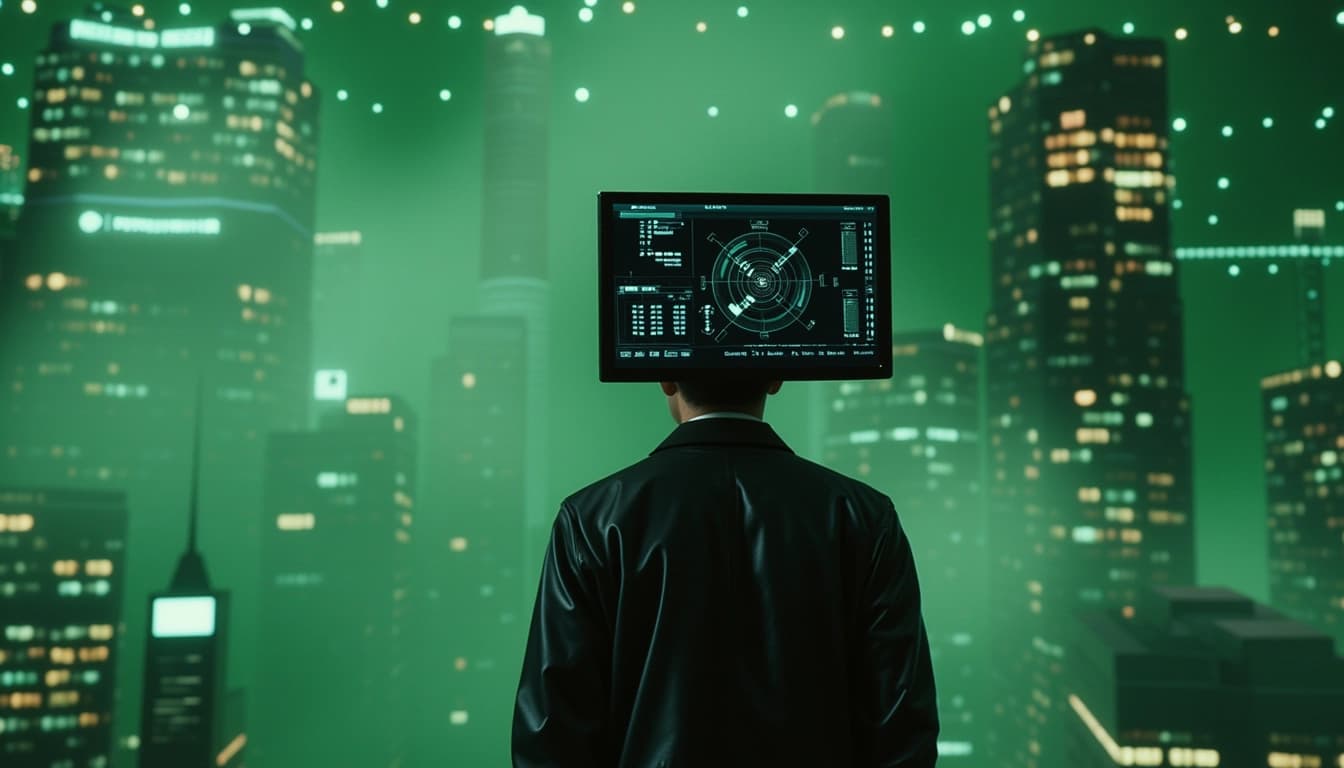
RVM is widely used in video editing, virtual backgrounds for video calls, and content creation. Its ability to handle complex scenes with moving subjects makes it a versatile tool for professionals and hobbyists alike. The technology is also being explored in augmented reality (AR) and virtual reality (VR) applications, where accurate matting is essential for immersive experiences.
Model Variants and Performance
The RVM model comes in several variants, including MobileNetV3 and ResNet50 backbones, each optimized for different performance and accuracy trade-offs. The MobileNetV3 variant is lightweight and suitable for mobile and edge devices, while the ResNet50 variant offers higher accuracy for demanding applications. Benchmarks show that RVM outperforms previous methods in both speed and quality, particularly in challenging scenarios with complex backgrounds.
Benchmark Results
In comparative tests, RVM demonstrates superior performance in terms of both computational efficiency and matting quality. It achieves higher fidelity in edge details and better handling of semi-transparent objects compared to traditional approaches. These results are validated through both quantitative metrics and qualitative user feedback.
Conclusion & Next Steps
Robust Video Matting represents a significant advancement in video matting technology, offering a practical solution for real-time, high-quality background removal. Its flexibility, performance, and ease of integration make it a valuable tool for a wide range of applications. Future developments may focus on expanding its capabilities to handle even more diverse subjects and scenarios, further solidifying its position as a leader in the field.
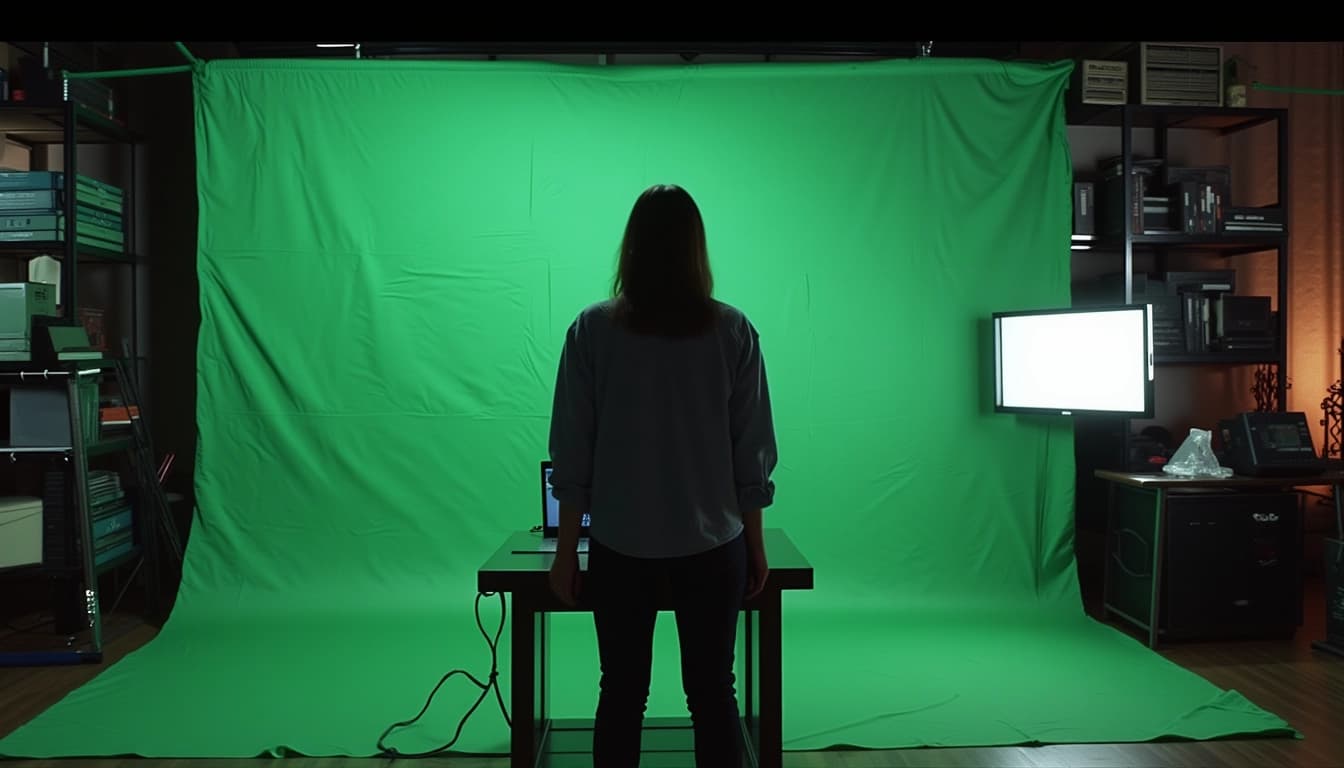
- Real-time 4K video matting
- Green screen-free operation
- Support for multiple frameworks (PyTorch, TensorFlow, ONNX, TensorFlow.js)
- Optimized for both mobile and high-performance devices
Robust Video Matting (RVM) is a powerful tool for video background removal, designed to work efficiently on various platforms. It supports multiple inference methods, including TorchHub, TorchScript, ONNX, TensorFlow, CoreML, and OpenVINO. This flexibility makes it suitable for different deployment scenarios, from mobile applications to web-based solutions.
Inference Methods Overview
The project provides detailed guides for each inference method, ensuring smooth integration into your workflow. Whether you're using PyTorch, TensorFlow, or CoreML, you'll find step-by-step instructions to get started. The ONNX and CoreML trees offer exporter details, while the TFJS tree provides starter code for web implementations.
TorchHub and TorchScript
For PyTorch users, TorchHub offers a convenient way to load pre-trained models directly. TorchScript, on the other hand, allows for model serialization and optimization, making it ideal for production environments. Both methods are well-documented, with clear examples to help you integrate them into your projects.
Cross-Platform Compatibility
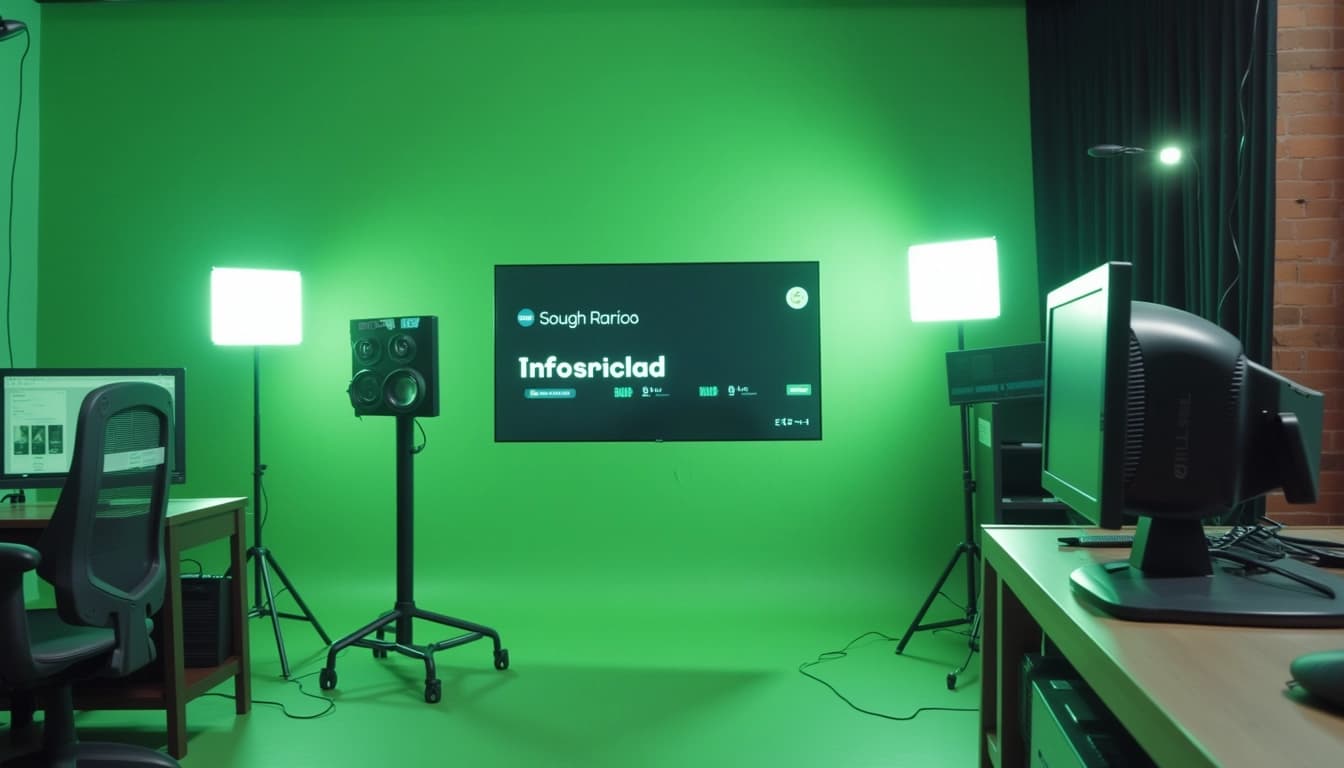
OpenVINO and CoreML Support
OpenVINO and CoreML support extends the usability of RVM to Intel and Apple ecosystems, respectively. OpenVINO documentation provides model details for optimization on Intel hardware, while CoreML exporters ensure seamless integration with Apple devices. This broad compatibility makes RVM a versatile choice for developers.
Conclusion & Next Steps
Robust Video Matting is a comprehensive solution for video background removal, offering multiple inference methods and cross-platform support. Whether you're working on a mobile app, a web service, or a desktop application, RVM provides the tools you need to achieve high-quality results. Explore the documentation and choose the method that best fits your needs.
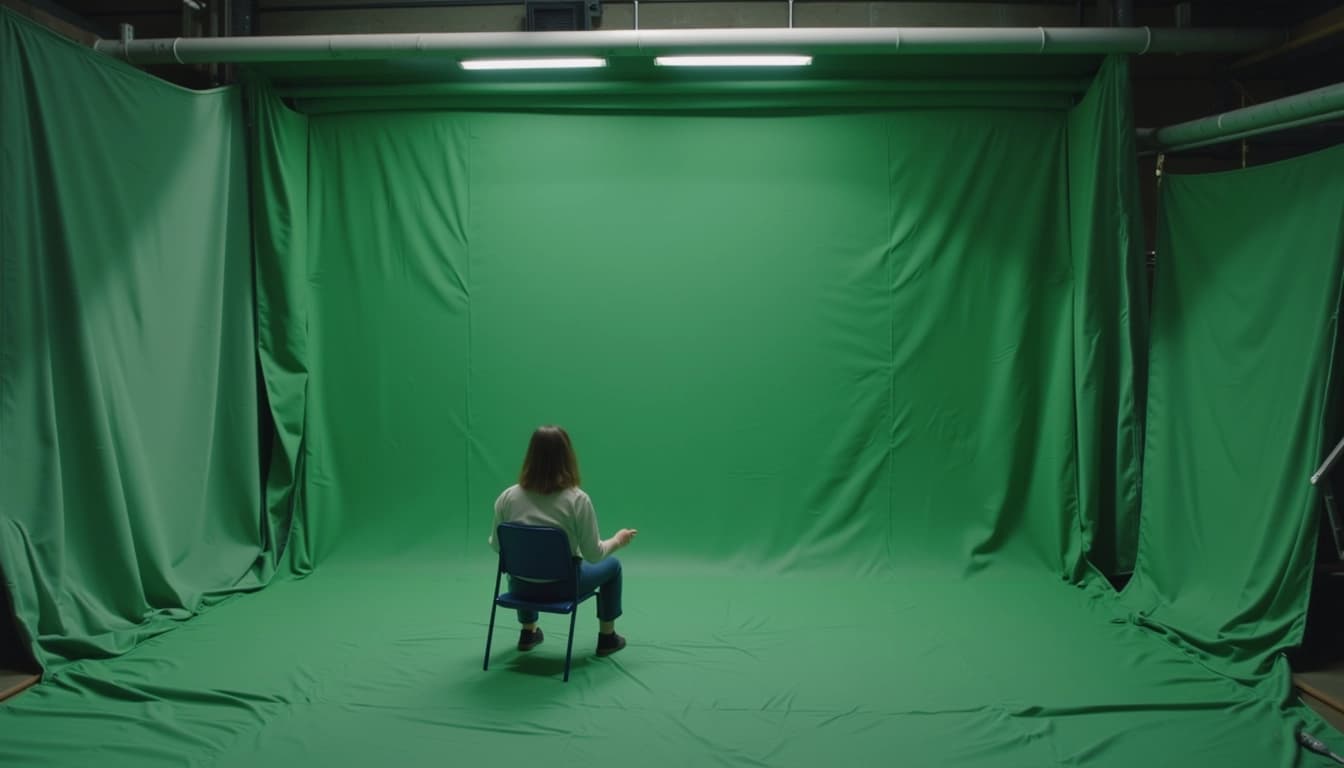
- TorchHub for easy model loading
- TorchScript for production optimization
- ONNX and TensorFlow for cross-framework compatibility
- CoreML for Apple device integration
- OpenVINO for Intel hardware optimization